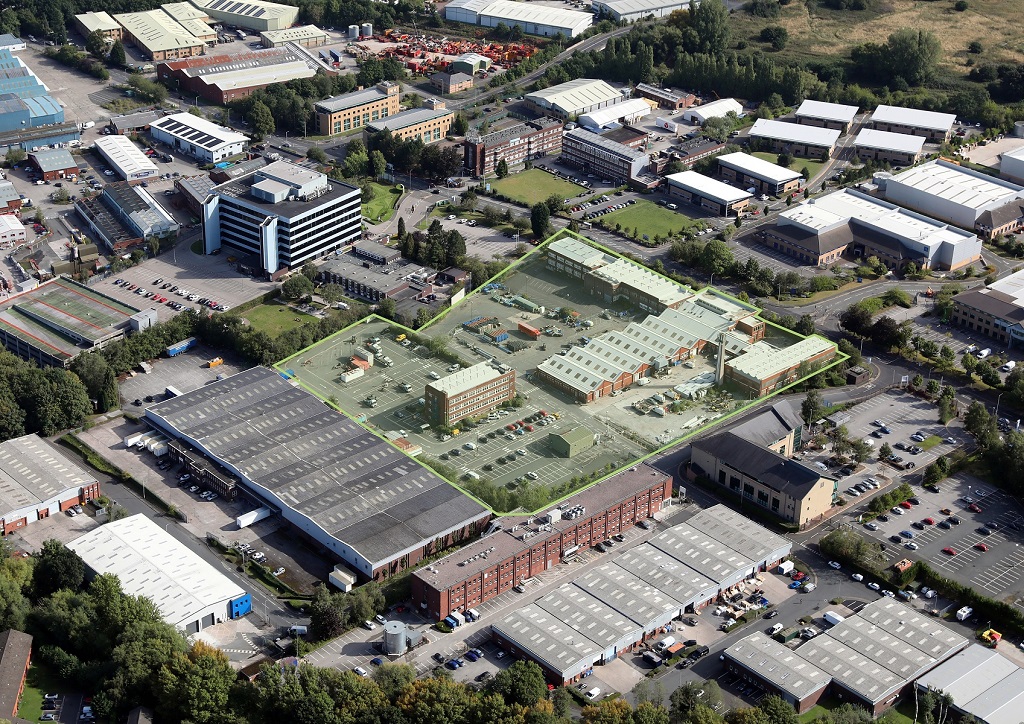RESOURCE | Don’t settle for ‘quick and dirty’ Technical Due Diligence
“You can’t go wrong with bricks and mortar” is an old adage, but just like buying a used car, you need to look under the bonnet and check its history and running costs, writes David Cooke of TFT.
A traditional structural or building survey is now more commonly referred to as Technical Due Diligence. This is more than just a change of name.
more commonly referred to as Technical Due Diligence. This is more than just a change of name.
TDD encompasses a more comprehensive exercise: well-informed clients and surveyors resist the economic pressures that may lead to a ‘quick and dirty’ approach to TDD.
A quality TDD report goes beyond the condition of the building fabric. In order to cover all the bases, a more rigorous approach is required, including analysing the impact of a wider range of issues such sustainability, problematic materials, statutory compliance and legal issues. The TDD process must also incorporate specialist advice, such as an engineer’s inspection of the M&E installations and a review of environmental issues and flood risk.
The process also should include a full review of documentation, including construction documents, statutory approvals, health and safety files, operation and maintenance manuals, together with ownership and lease documents. This review will confirm what has been provided, but more importantly whether there are any gaps in the documentation.
When it comes to repair costs, a clear assessment of the property’s defects and the remedial works required is obviously essential. A schedule of costs may well be the starting point, however, investors will often be looking for further analysis in terms of the risk, timing and responsibility in order to understand how the costs may affect their plans for the property.
Determining the level of risk associated with an issue is critical; this will enable the client to focus on the high risk items requiring immediate attention, such as health and safety items or issues that could lead to business interruption. At the other end of the scale will be the low risk issues that can be dealt with by routine repairs and maintenance.
In order to provide clear guidance on responsibility for the costs, the building surveyor will need to have a good understanding of the ownership and lease structure. This will enable them to advise whether the costs will be the responsibility of the owner/landlord, or whether costs can be passed on to tenants, either through their repairing obligations or via the service change.
The timing of the repairs will also be critical in this analysis, for example, where major plant replacement is anticipated, the timing of this in relation to the tenant’s lease expiry will have a significant impact on the ability to recover costs from the tenants.
Equally important is the review of the construction documents provided for a newly constructed or refurbished property. These may well include warranties and guarantees that can be called upon to cover the costs of remedial works.
With these increased expectations, the TDD exercise has clearly moved on.
The traditional quick survey and report is unlikely to satisfy client’s needs.
Thorough technical due diligence enables clients to fully understand the issues and maximise the potential of the property. Anything less is quick and dirty.
This article was originally published through Place Resources




